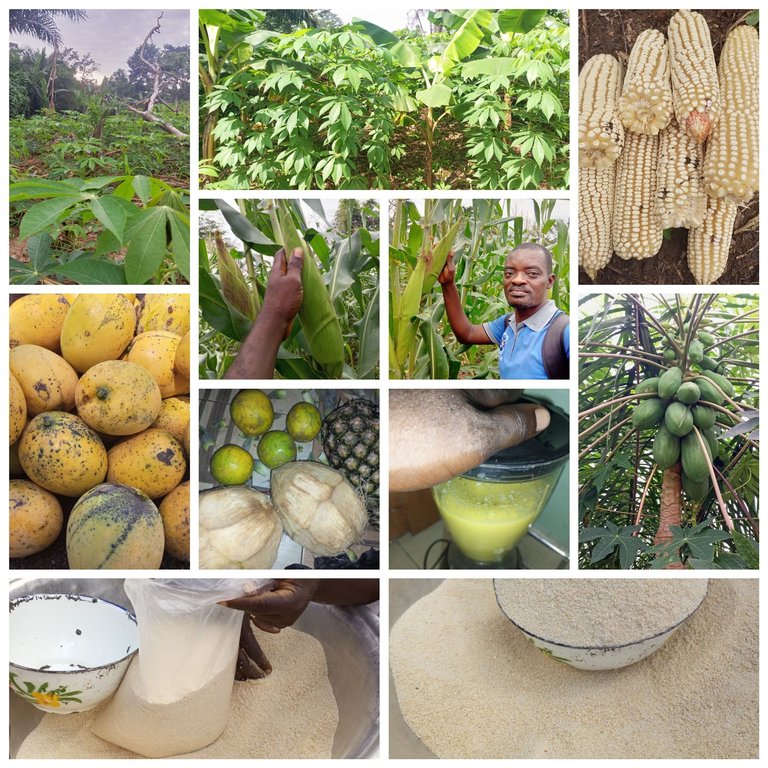
Many produces go waste because we are unable to convert them into multiple use. But, if we have the modern advanced technology, we can always diversify them in more brands well package so that at the lean seasons we can still get their original state to use.
One of the locally produced staple food which we are able to convert t
it for multiple use is cassava. The tubers are used for preparing "fufu" which is one of our staple food eaten in Ghana. We are able to mill the peeled tubers and squeeze the liquid out using the main food for "Gari." Gari is just the fried flour from the milled dried tubers. The flour is fried or roasted in empty frying pan on a hot flame. Gari is very popular food here in Ghana. It has been eaten by students in the second cycle schools, prison and many institution who run boarding course use to feed their people. It is good combination with beans.
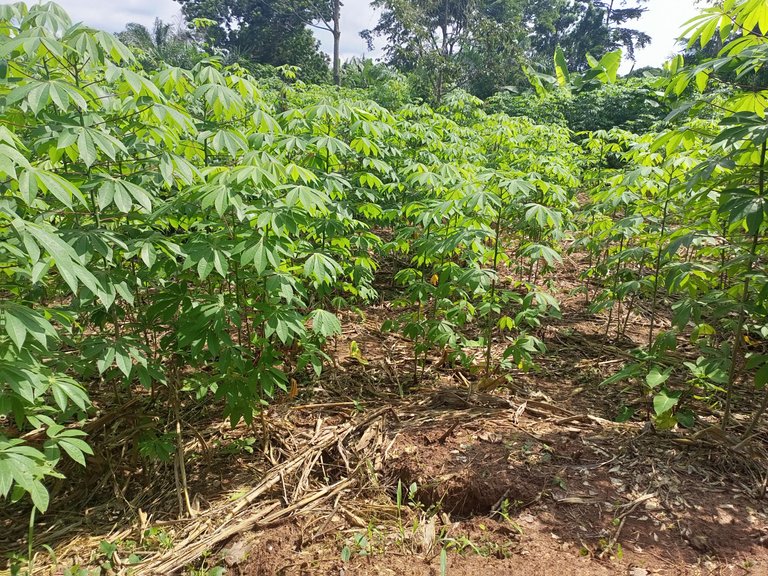
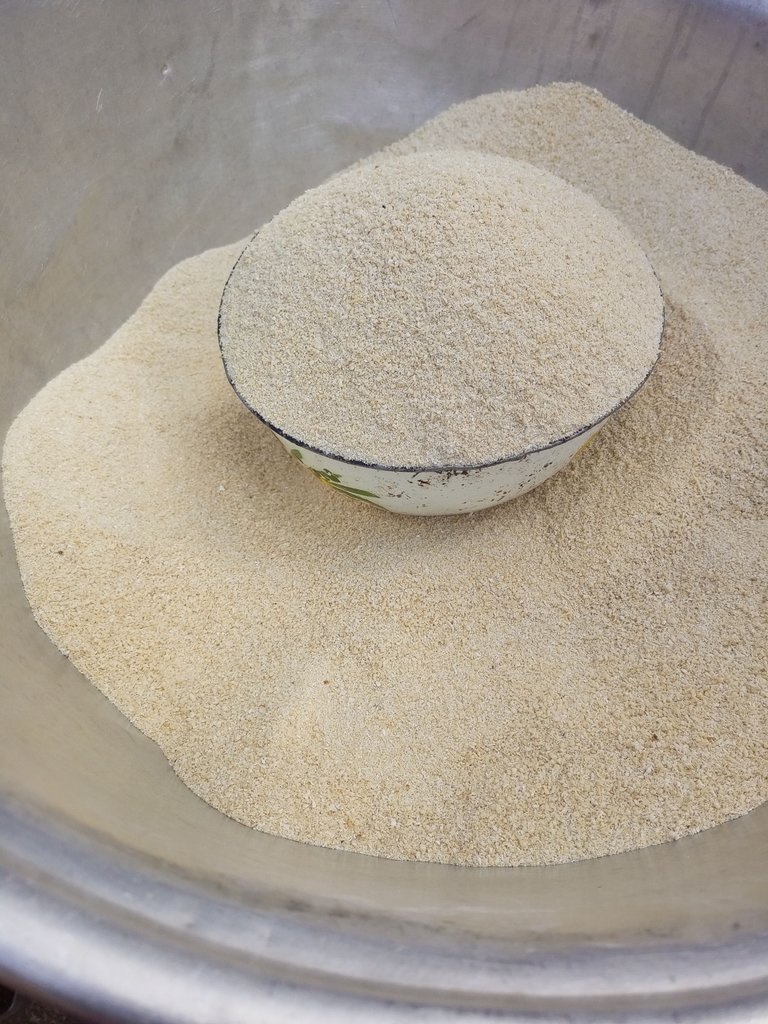

Cassava is also useful mixture with corn dough when preparing banku or Tuo zaafi, one of our popular meals in Ghana. Banku is one of the foods mostly eaten by a lot of people. We are still discovering a lot of usage from Cassava. But, there are more things used by cassava like starch.
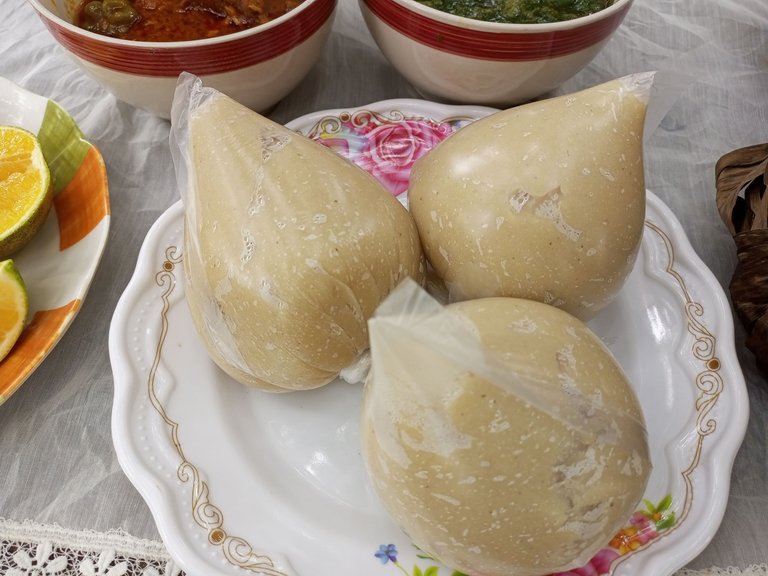
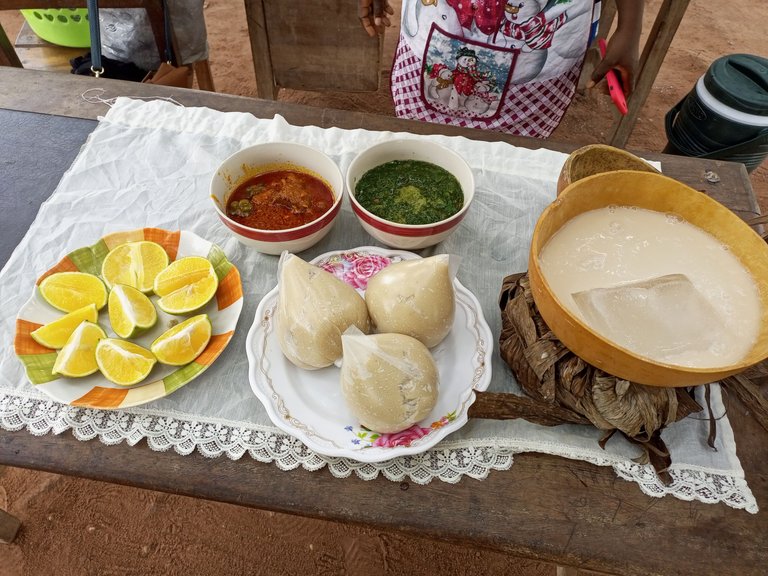
Maize is noted to be one of the good staple food which are used for making porridge, Banku as mentioned earlier. The grains are used for making local drink and for feeding poultry birds. It's very nutritious when they are fried with groundnuts,
soybeans as mixture and mill together.
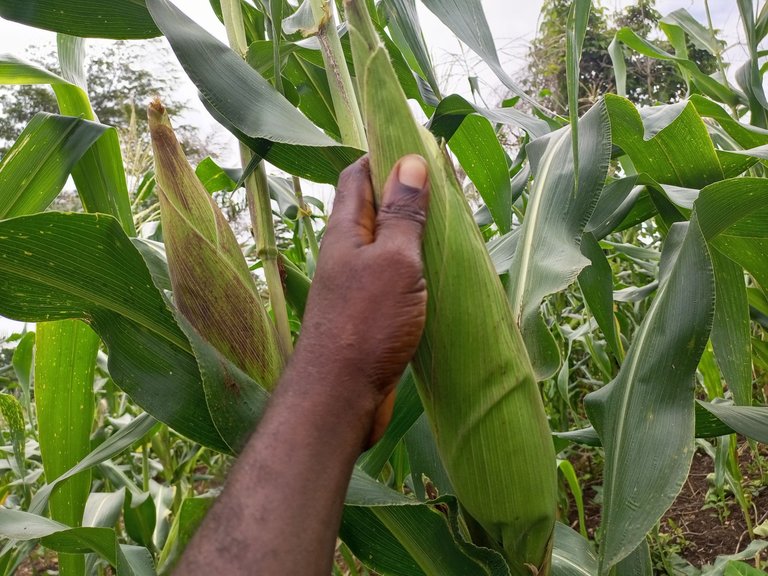

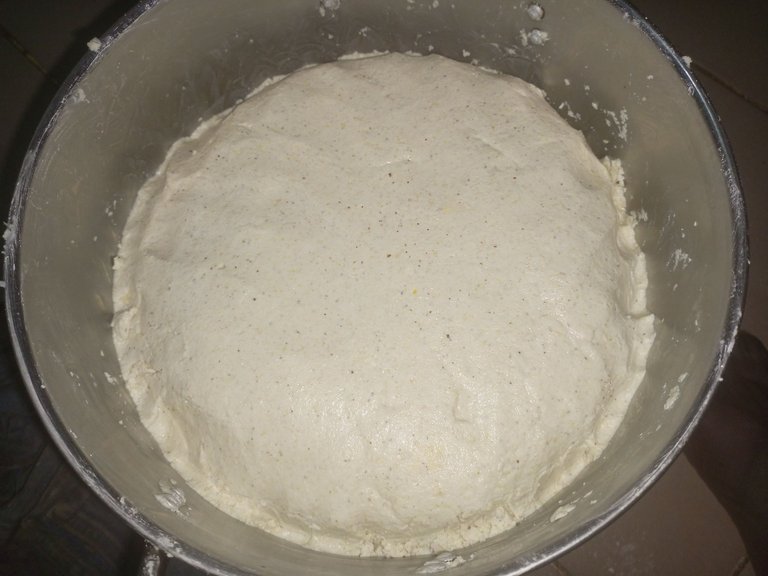
One of the fruits that I'm very disappointed to have not been able to preserve it after their fruits are in abundance is "Mango." A mango is one of the fruits which come in abundance from May to June, but we haven't got any machine to process and preserve them for longer time. I find it very difficult to figure out why still we've not been able to get machine in Ghana to process this fruit. Most of the mango fruits are the local ones which were domesticated many years ago through fruit dispersal by animals, river or by any natural means. Few ones were intended grown here. But, most of the mangoes were grown by themselves. During the fruit time around May, you'll see these mangoes in forests and farms. Around June, the fruits ripe and pluck in abundance. People go to bush to pick the fruits. Due to their nature of flowering and fruiting having higher yield, the fruits become abundance. Even though we pick most of them to sell in our local markets, yet most of the fruits remain in bush and rot.
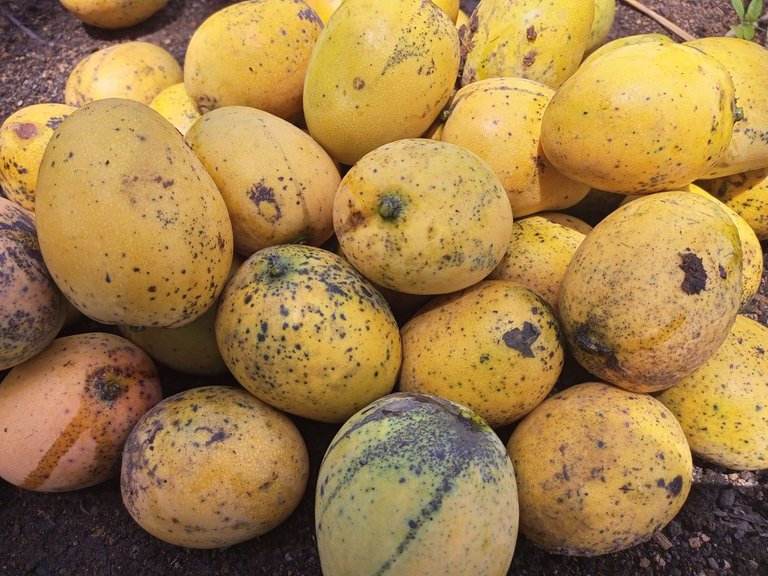
I think we should get some good way of preserving the fruits or refining the fruits into any other forms so that we can consume during the lean season. One of the sad issue is that, when the fruits become abundance and rot, the fruits become scarce with the exception the late fruiting ones, we don't get mangoes to consume. I think we can use the fruits for mango jam or other things else. Few ones are used for multi fruiting with other fruits like pineapple, oranges and apple.
Compare mangoes to oranges, papaya and coconuts, mangoes rotten are very high. Oranges, pineapple and coconuts are mostly exported to other foreign Countries so, it's very difficult to see them rotten at very high rate. We have banana factory instituted for the processing and I think mangoes should also have the same edge.